Welcome to Historically Speaking! I’m Charlie Allison, and I’ll be your guide through mythology, anthropology, and burn spells! I’ve been playing Magic: The Gathering since middle school, and Commander in particular since college, putting about a decade of experience brewing, scheming, and fuming over historical travesties under my belt. When I’m not playing Magic or shrieking “Hydroblast!” at the local water cooler, I research and write short stories. I’m hard at work at mastering a mostly-dead (but still kicking) Mesoamerican language, Nahuatl, and my first novel.
So, lets get comfy.
Goals for the series: HISTORICALLY SPEAKING examines the probable historical and cultural references behind Magic: The Gathering cards, particularly legendary non-creature cards and world building mechanisms inherent to the game of Magic and some novel ways to rethink them. Cards are going to be examined both as expressions of cultures and as keystones to your next unexpected victory around the table.
Bringing some highbrow historicity to your kitchen table, or providing you with trivia for your next multi-player blow-out (who knows? Your opponents may be so awed by your historical accuracy/witty banter they make a crucial mistake, allowing you to win the day) and some light card synergies after the fact.
This series will move between the planes examining everything from the Lovecraft mythos in Innistrad and Zendikar to the Three Kingdoms and the Dante-inspired nine-tiered plane of Phyrexia. But for the moment, and the foreseeable future, we’re going to be focusing on Ixalan and Alara, since they draw heavily from my area of speciality: Mesoamerica.
Punishing History
Lets get off to a sanguinary start, shall we? We’re gonna open with a good one, historically speaking. Oh, and I have to warn you, too late, that I’m addicted to puns.

High Marshall Arguel seems to borrow heavily from two figures that were prominent in the Conquest of Mexico and central America in general except the whole ‘being a vampire thing’. The first among them is a household name even.
-Hernan Cortes If you don’t know this man and the horrible things he engendered, then your history teacher should meet with me. Behind a woodshed and with a blindfold. I’ll bring my own axe. Cortes, for all his many horrifying flaws and penchant for genocide, was creative in his tactics, ambitious, unconventional, and persuasive. These are traits seemingly shared by High Marshal Arguel in the universe of Ixalan, along with his fashion sense and lack of concern for the lives of others. It's too early to confirm, but given his flavor, it is likely Arguel, unlike his next inspiration, clung to his Spanish/vampiric culture even after his vision with Aclazotz (more on the big bat later.)

We’ll talk about the echoing effects of Cortes’s action in later columns (and the warping power of the false Quetzalcoatl narrative in history and anthropology of Mesoamerica.) Onto our next, and more interesting, to me at least, probable partial inspiration For High Marshal Arguel.

Gonzalo Guerrero
-Gonzalo Guerrero (For a decent start on Guerrero, here’s his wikipedia page. https://en.wikipedia.org/wiki/Gonzalo_Guerrero. If you’d like it in excellent comic form, go here and click to the second page: http://www.bigredhair.com/books/aztec-empire/preview/)
Gonzalo Guerrero lived a life that, had it not actually been lived but made up as a storyline for a blockbuster, would have us rolling our eyes so hard we’d be rushed to the emergency room. A Spaniard who shipwrecked in the Gulf of Mexico, he and his remaining crew drifted for days before being captured by the Maya. Guerrero and the ship’s priest, Geronimo de Aguilar, were the only two to survive the Maya religious rites and other hazards. They met vastly different fates.
Gonzalo Guerrero integrated into Maya culture fairly well, checking off all the DANCES WITH WOLVES tropes. He became a war-leader under the Maya chieftain Na Chan Kan, and married his daughter, Zazil Ha and started a family. Guerrero pierced his ears, took up Maya sartorial tendencies and refused to heed the summons from Cortes, who had heard that there were “bearded men,” with this particular Maya tribe and correctly deduced that they were Spaniards in Maya land, and thusly would be valuable sources of information.
Aguilar the priest tried to convince his former companion to leave, citing peril to his immortal soul if he stayed. Guerrero refused, saying he had a wife and children and would not leave them, and that the Spanish would likely not look kindly on a pierced, tattooed Maya-speaker regardless whoever he had been before.
Aguilar, on the other hand, accepted the offer and was picked up by one of Cortes’s lieutenants and would go on to participate in the Conquest of Mexico.
Guerrero died in 1536 in a skirmish between Maya and Spanish troops under quite possibly my least favorite historical personage, Pedro Alvarado (for reasons that will be discussed in subsequent articles.) While his Spanish contemporaries and chroniclers up until the early 20th century reviled him as a traitor, Guerrero’s legacy has largely been rehabilitated in the 20th and 21st centuries as an advocate and demonstration of the syncretism possible with the Maya culture of the times, as well as the father of the first mestizos. He is proof that cultural assimilation can cut both ways.

Arguel takes some inspiration from Gonzalo Guerrero in that he experienced the culture of Ixalan in a mystical way and drew inspiration from it: he communed with the bat-god, Aclazotz, who, I assure you, we will cover thoroughly in the next section.
Now that we’ve discussed dear old Arguel and his likely historical inspirations, lets move to the historical inspirations of the transformed half: The Temple of Aclazotz.
With a Temple Yell, They Cried More, More, More!
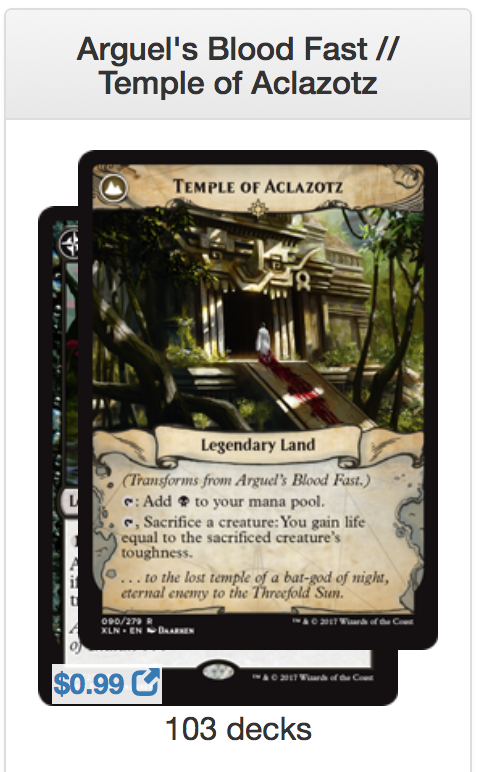
Lets talk about bats; chiroptera, big, flapping bats. In most Maya dialects, sotz or zotz means ‘bat’—hence ‘Camazotz’ is Maya for ‘death-bat’, although some translations have the translation as ‘snatch-bats’.
Stop giggling. Anyway.
Bats have a semi-special place in Mesoamerican culture, art, and symbolism. In Mexica/Mixtec codices, they are often seen beside hummingbirds and other divine messengers. For the Post-Classical Maya, particularly for the Maya holy text, the Popol Vuh, the bat helps shape the plot. In the most famous incident relevant to this article, the Hero Twins Hunter and Jaguar Deer journey to the underworld and endeavor to undertake a series of trials to defeat the Lords of Death. Their ordeals include spending a night, curled up inside their reality-defying blowguns, in the House of Bats.
My copy of the Popol Vuh phrases it like this:
“Well, perhaps I should look to see how long it is [until dawn]’ he [Hunahpu] replied. So he looked out of the muzzle of his blowgun, he tried to see the dawn. And then his head was taken off by a snatch-bat, leaving Hunahpu’s body still inside.”
Or, on the off-chance you’re a more visual person, click the link below:
www.youtube.com/watch?v=vOEQNo5m4rg#t=44m49s
The Hero Twins are nothing if not determined, and continue with their grudge match against the lords of Xibalba in the ball-game. Hunahpu makes do with a replacement head carved from a gourd for a time, before they manage to get the original model back. The bat deals the first major blow to the second set of Hero Twins, but it's a narrative device to get to the real meat of the story--the ultimate defeat and humiliation of the Lords of Xibalba at the hands of the Hero Twins.
There has been a trend recently towards re-examining what we thought we knew and understood about Mesoamerican mythology and the Camazotz has not escaped this probe. Whether as an individual or as a classification of species. Camazotz is one of the most commonly referenced (by modern audiences) part of the Popol Vuh—but there is little evidence that this was the case during the Maya empire (I can’t wait to do a column on the Lords of Xibalba, the Maya underworld, who act more like supernaturally powered dude-bros than most death gods. Quick rule of thumb: The Maya tended to have more of sense of humor about their afterlife than the Mexica or Mixtec.)
Shorter version: the Camazotz had low resonance for the Post-Classic Maya, in that it wasn’t prominently displayed on monuments or pottery. Ka’k zotz, (literally, fire-bat) on the other hand, were once mistaken for depictions of Camazotz until relatively recently. Brady and Coltman, in their paper on the subject, go through a lot of primary sources (pottery, stela, oral accounts etc) and conclude that Camazotz is mythologically negligible to the Maya, and that while bats were important to the people of Mesoamerica, the one most people are most likely to be able to name is the least significant of them culturally to the people who told the tale.
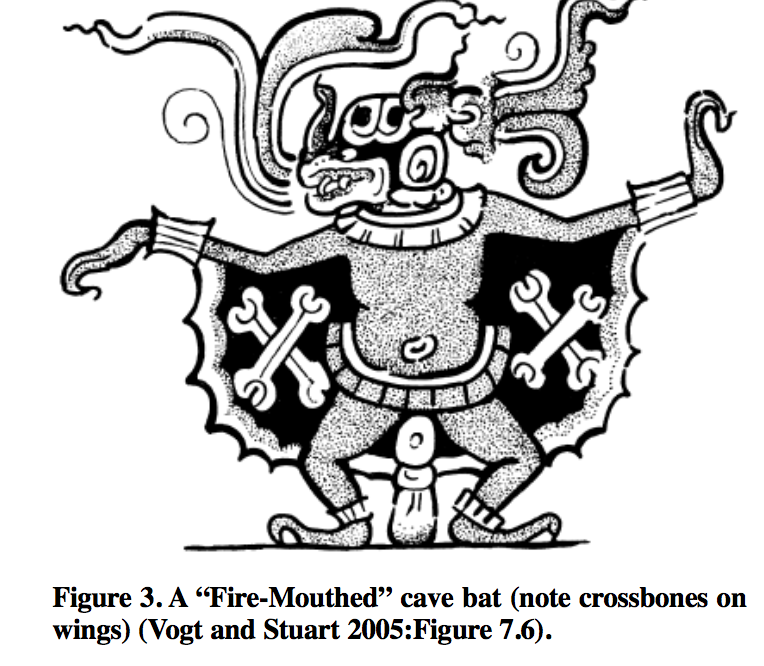
The use of the Maya word ‘sotz/zotz’ points to the idea that Wizards of the Coast is using Maya linguistics and imagery to evoke a specific feeling, while drawing on Post-Classical Mexica depictions of their various bat deities and their associations. Yet another quick aside: while they shared some signifiers, the Mexica and Maya pantheons/belief systems are as wildly different as say, the Greeks compared to the Egyptians. Both built on the deep foundations that had existed for thousands of years--the rain god, Tlaloc/Chaac for example is one of the oldest deities in Mesoamerica and his worshipped stretched back thousands of years, back to the Olmec times. Compare this to the brief lifespan of the Mexica war/sun god Huitzilopochtli, who was actively worshipped for under two hundred years, barely a blink.
But that's another article, for another time.
I bet that despite the Maya dressings, the Wizards team will use Mexica imagery of bats for this upcoming card for reasons that will become apparent.
While the bat is associated with some sacrifice (and is considered holy) in Mexica traditions, there is no grand tradition of ‘an adversary’ analogous to a devil-figure in Mexica religion. There would be opposites (sun/moon, fire/water) but they weren’t conceived as being ‘eternal enemies,’ in the same way we would understand it, as a dualistic structure as the flavor for Aclazotz card implies.
So I think it’s fair to say that we can expect a pretty awesome bat-god in the next set. Look at these, and tell me you aren’t excited for our latest nocturnal overlord based on these Mexica and Maya illustrations from various codexes:

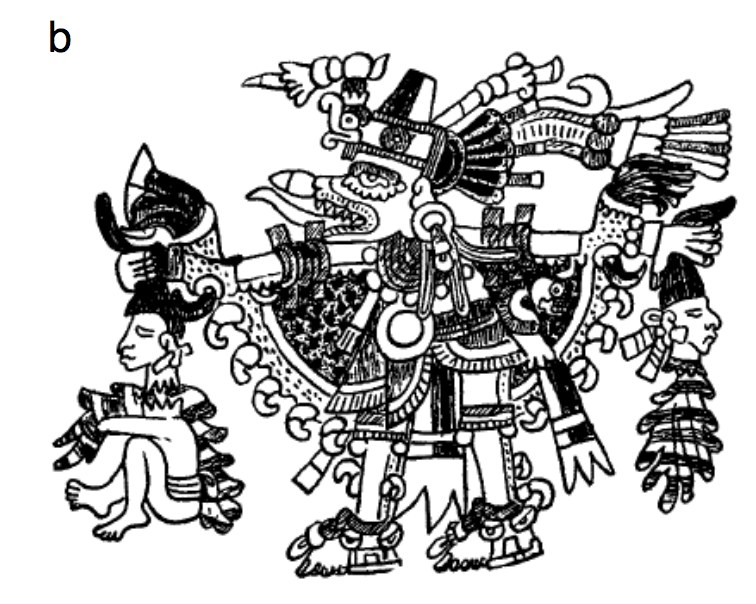

Conclusion
Arguel/Aclazotz has some interesting mechanical bedfellows. My first thought on seeing the card as a card rather than a bit of history was cards like these:


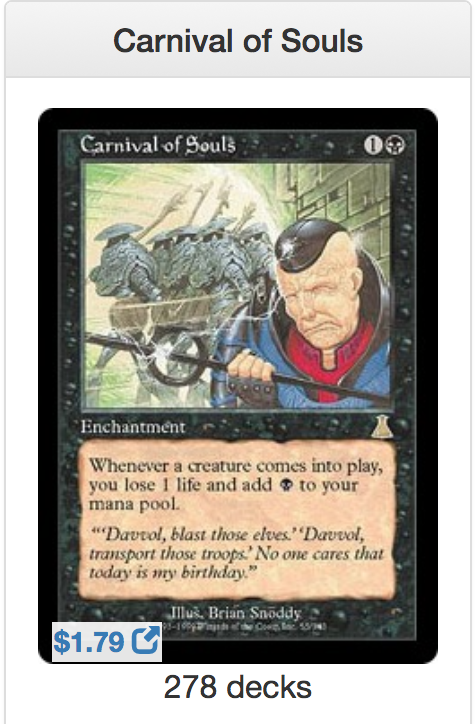
Orzhov turbo-life-loss enchantress? Could be fun, since Aclazotz doesn’t flip back when you gain life—all it cares about its that you have five or less life on your upkeep. Whacky fun times with red or blue? Call me high-risk.

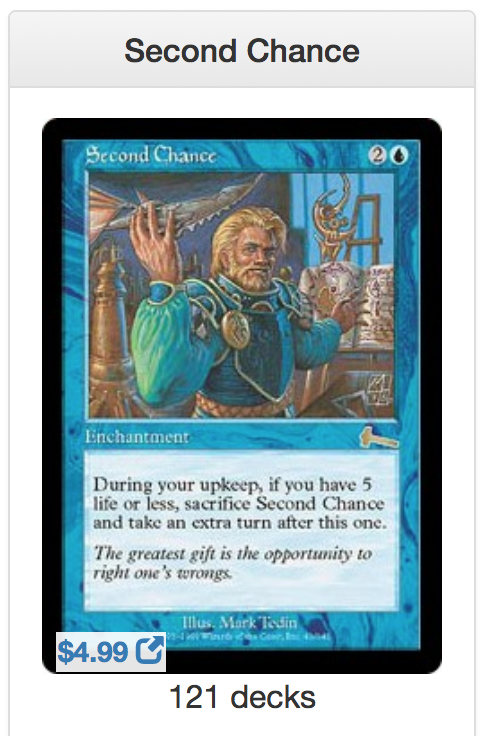
Although, I won't lie, I desperately hope that the god Aclazotz somehow makes Bat Tribal a thing when he comes out next set. Afterall, it would be in character.
Thanks, and hope to see you soon! Next article, we'll be discussing the flavor of the newly Orzhov colored vampires in a historical setting, specifically that of the Reconquista and Conquest of the Americas. Oh, and dogs will also be under discussion.
Bibliography
Bats and the Camasotz: Correcting a Century of Misidentification by James E. Brady and Jeremy D. Coltman (https://www.academia.edu/26409337/Bats_and_the_Camazotz_Correcting_a_Century_of_Mistaken_Identity). A truly wonderful paper on bats in Mesoamerican cosmology that I heartily recommend!
http://www.bigredhair.com/books/aztec-empire/preview/
https://en.wikipedia.org/wiki/Camazotz
https://en.wikipedia.org/wiki/Gonzalo_Guerrero
All card images are used from EDHREC.COM and all bat illustrations unless otherwise noted come from Brady and Coltman.
Charles Allison
I'm from just north of hell, I was schooled in a blossoming backwater, and currently am the worst living bureaucrat since Franz Kafka breathed his last, tremulous breath. I’ve been playing Magic: The Gathering since middle school, and Commander in particular since college, putting about a decade of experience brewing, scheming and fuming over historical travesties under my belt. I get dizzy walking in straight lines. I recently received my MFA from Arcadia University's creative writing program. My work has previously appeared in Podcastle, Stonecoast Review, Devilfish Review and Bride of Chaos.
Your opinions are welcome. We love hearing what you think about Magic! We ask that you are always respectful when commenting. Please keep in mind how your comments could be interpreted by others. Personal attacks on our writers or other commenters will not be tolerated. Your comments may be removed if your language could be interpreted as aggressive or disrespectful. You may also be banned from writing further comments.
